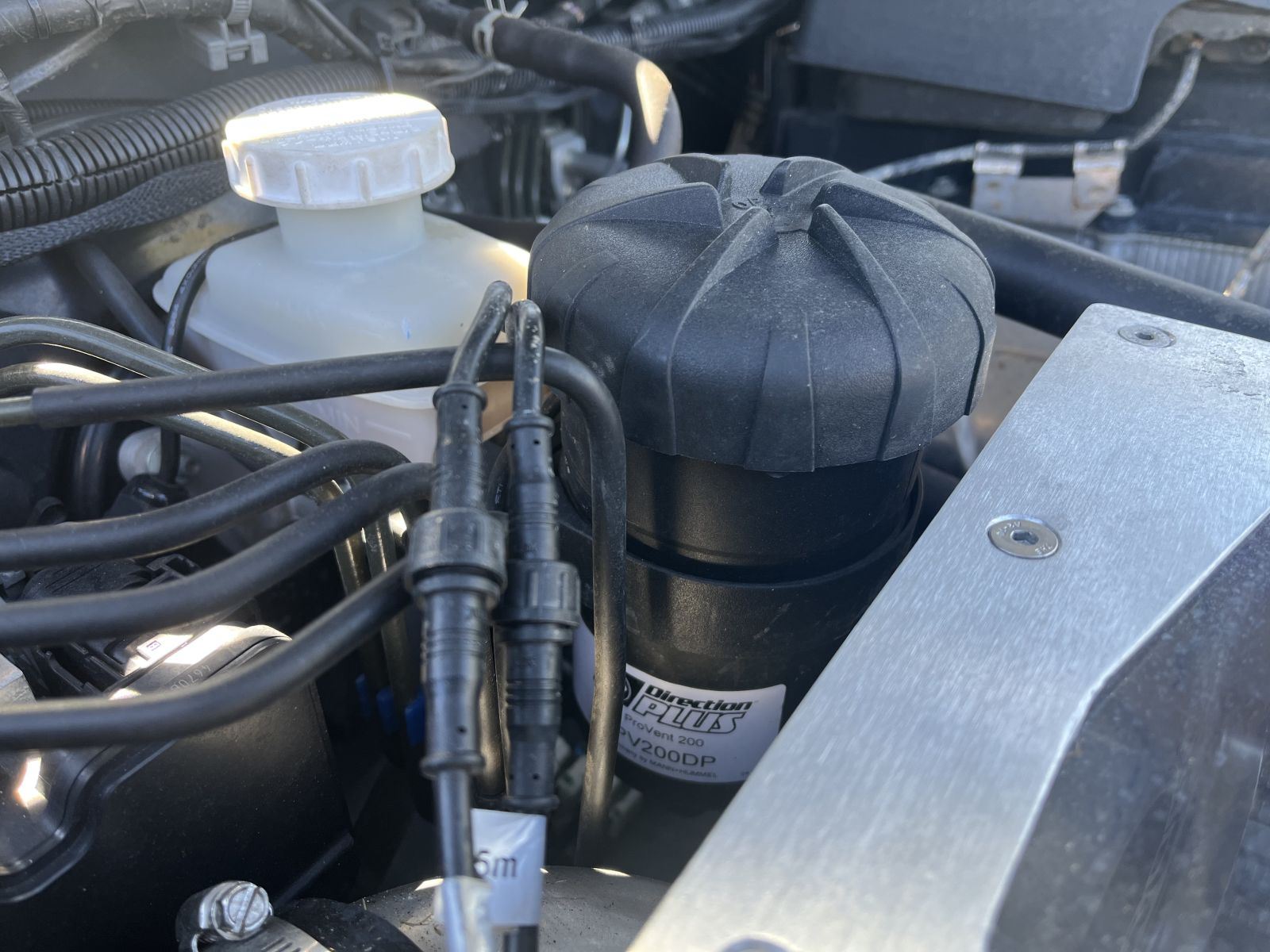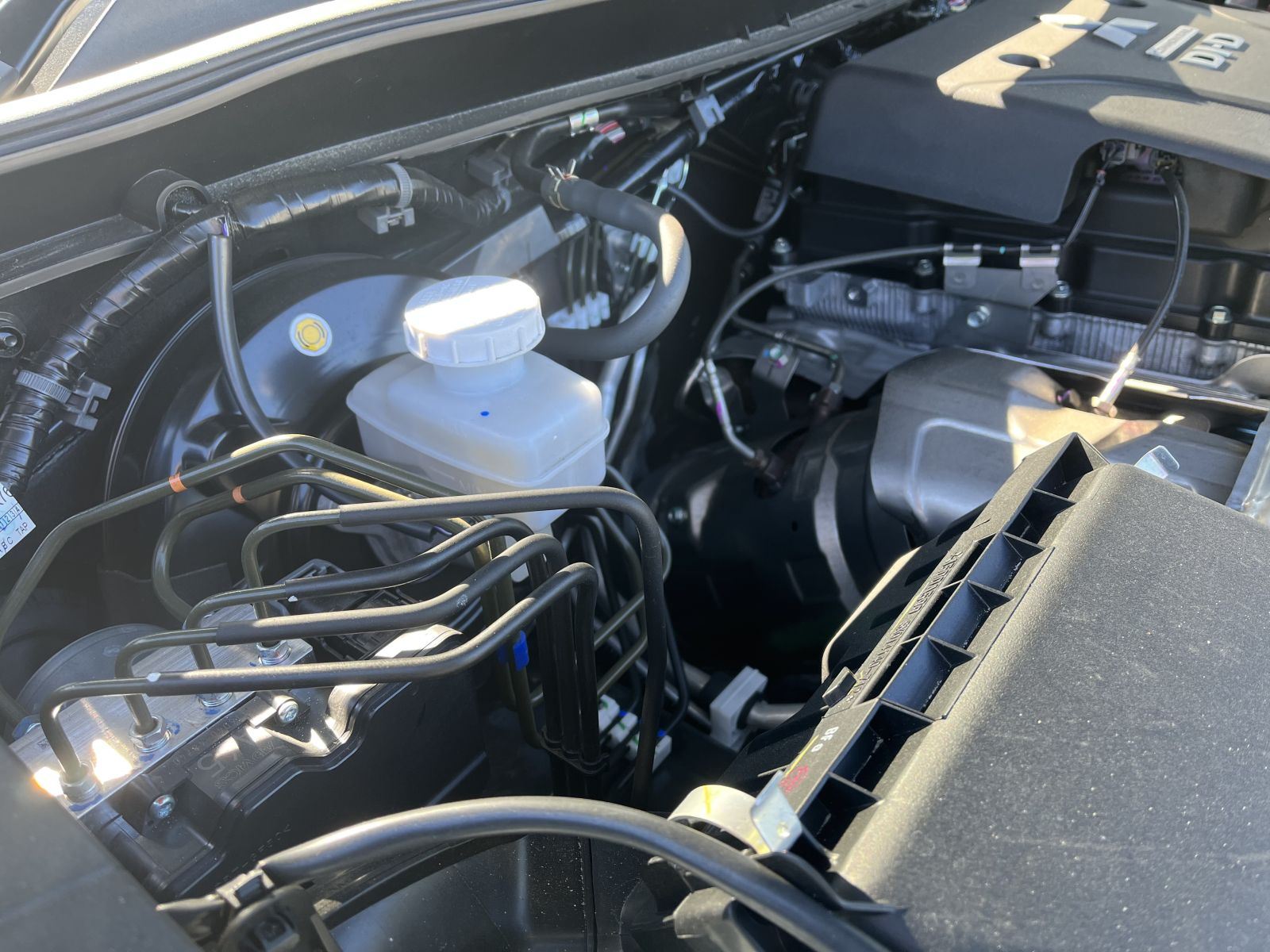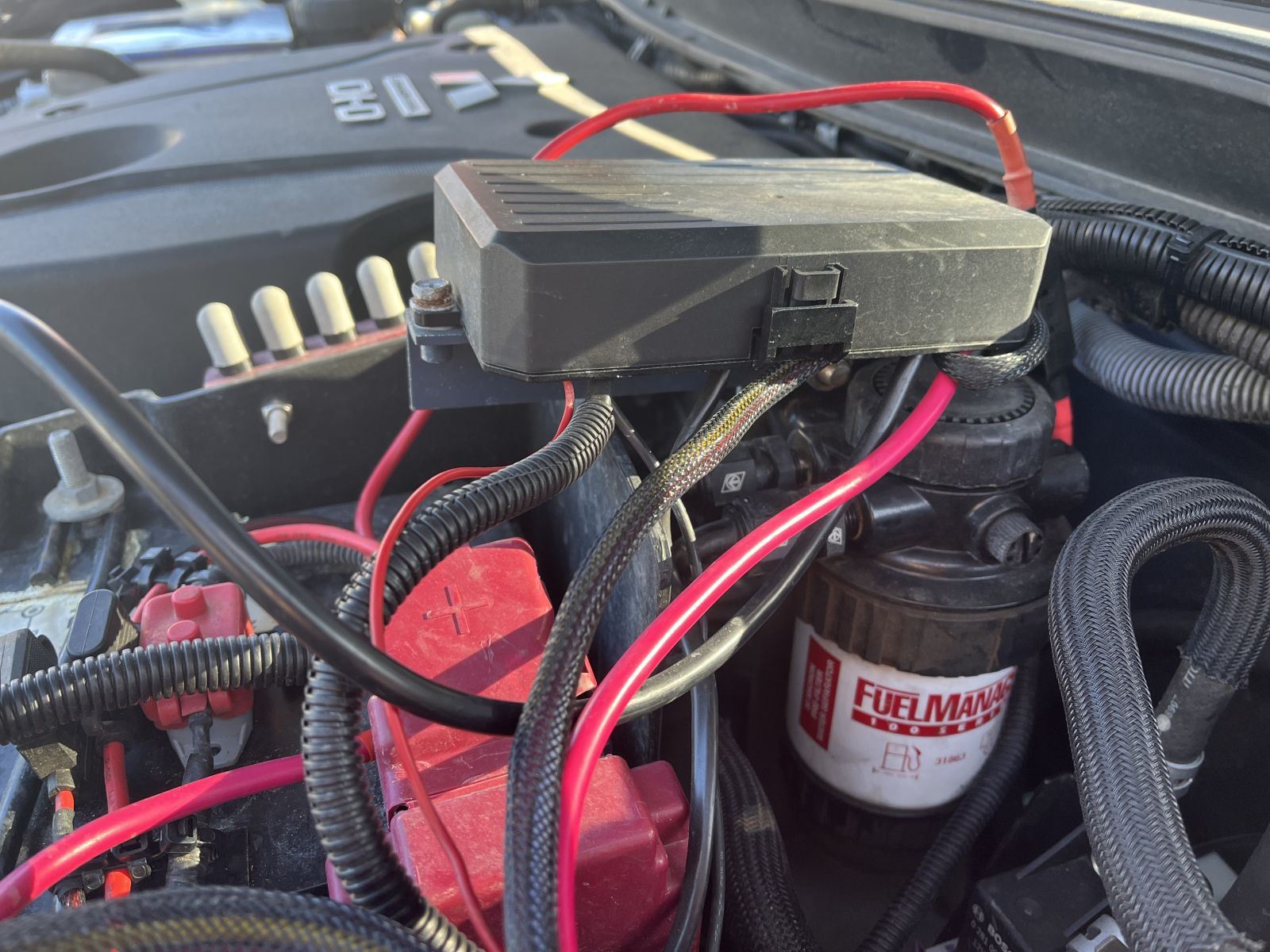What is a catch can?

On the market, there are many different brands of catch cans and you can check out the ones we have available for select models. There is also a lot of contradictory information available on the internet, making it tough to make sense of anything. This article is for individuals who wish to learn more about their function and how they work in order to make an informed decision about whether or not to install one on their vehicle.
What is a catch can?
Technically, a catch can is an oil/air separator. Oil droplets are separated from the air passing from the engine breather and subsequently via the intake system using catch cans / oil separators.
Why does oil leak into my cars intake system?
Internal combustion engines (ICEs) aren't without flaws. Some of the cylinder pressure that builds up in the combustion chamber will always find its way into the oil pan / crankcase. Positive crankcase pressure is the term for this situation. Because the piston rings do not generate a perfect seal against the cylinder wall due to the same principles that keep engine friction low, the piston rings do not form a perfect seal against the cylinder wall. Oil droplets are partially vaporised when pressurised air is combined with a spinning crankshaft and other hot, fast-moving internal engine components. A ventilation system (positive crankcase ventilation valve / PCV) is required to relieve this pressure.
These vaporised oil particles escape through the PCV and are required by emissions standards to be redirected back into the engine's intake system and processed through the emission control systems in the exhaust system because they include pollutants that are a result of combustion. While this is required to limit pollutants and comply with laws, it is bad news for the intake system.
What does a catch can do?
A catch can is a device that connects the PCV to the intake system's breather line. The PCV's breather hose is detached from the air intake and either replaced or directly attached to the catch can's input. After passing through a filter, the air is directed into the bottom of the catch can through a tube and then returned to the top of the catch can and towards the outlet. A hose is linked to the outlet, which completes the circuit and is then hooked to the air intake port. Any oil particles that pass through the catch can filter are retained in the filter element and pool together into larger droplets before dropping into the catch can's bottom. Most catch cans have a drain plug to remove the oil collection on a regular basis. In most cases, they shouldn't need to be emptied between regular engine service intervals.
Does a catch can improve performance?
EGR is another emissions device that many vehicles have (exhaust gas recirculation). Exhaust gases are recirculated via the engine's intake, allowing any leftover hydrocarbons to be burned before being released into the atmosphere.
The difficulty is that when sooty exhaust particles and oil vapours interact, they form a filthy black sludge of carbon deposits over time (See image on right). These deposits eventually cause poor engine performance, necessitating the removal of the intake manifold and a significant amount of labour to clean and remove them.
There are two simple strategies to cut carbon emissions. EGR blank-off plates are a frequent modification, however they're illegal on the road and will sometimes trigger engine warning lights in some vehicles without any additional tuning or modification. The most effective solution to reduce this is to instal a catch can, which does not jeopardise the integrity of the emissions system or cause legal concerns.
How to connect oil catch can:
Fitting a vehicle-specific kit can be a fun weekend job provided you have some mechanical ability and a basic set of hand tools. When mounting and attaching hoses, there are a few things to keep in mind, so if you're not sure, talk to a specialist or schedule an appointment with a workshop. For your reference here is where a catch can would sit before and after install on a 2021 Triton:

.jpeg)
What is a pre filter?
Should you use a diesel pre-filter? Short answer, yes. If you plan on travelling to remote places and you get water in your fuel supply it is essentially game over for the engine. Oil catch cans and secondary diesel filters are two important engine modifications advised for turbo diesels. Some will say that a diesel pre-filter is necessary, while others will argue that a diesel post-filter is necessary. The distinction between diesel pre-filters and post-filters is briefly discussed here. Then there's the question of why or when you should put one on your turbo diesel 4WD.
Filters for secondary fuel - A secondary filter removes additional contaminants from your fuel system before the diesel passes through the injectors. Tolerances on modern common rail injectors are extremely tight. These are readily clogged and can be replaced for thousands of dollars. Installing a secondary fuel filter was one of the answers to the problem. This allows more pollutants to be removed from the system. This is accomplished by incorporating a second gasoline filter into the system. However, different sized particles are removed from the production system.
A secondary diesel filter also eliminates water from the fuel and deposits it in a visible bowl. This works in conjunction with the factory filter, which eliminates water as well. The factory filter, on the other hand, just has a dash-mounted sensor and no apparent water level.
Why should you put one in? You probably don't need one if you have a new turbo diesel that is routinely serviced and you utilise a dependable fuel station that provides clean, excellent diesel. If you travel a lot and go to remote servos that look sketchy, you most likely do. Contaminants are more likely to be found in fuel stations with ageing tanks and unreliable fuel sources. Fuel cans are fantastic, and you can't avoid them when travelling that far. Is it reasonable to be afraid of them? No way, that's why our 4WD's have gasoline filters and water separators. But this is precisely why, for "just in case" reasons, you should have a secondary filter.
Secondary gasoline filters are inexpensive in comparison to the level of protection they give. Get one if you go west! Adding a trailer to your vehicle will boost your fuel usage. Consumption of fuel If you're towing or packing up your vehicle, you'll use a lot more diesel. As a result, for the same distance, a lot more fuel travels through the filter. When a post-filter is used as a secondary filter, the factory filter is responsible for all of the primary water separation. However, unlike a secondary filter, the original filter does not have a visible water collection bowl. So you're counting on the vehicle's fuel sensors to tell you when the water level is too high if it has fuel sensors. Older cars will not have this.
When the vehicle is under load or towing a big load, the 50 percent extra fuel is consumed. The life of the factory filter should be extended by using a secondary diesel pre-filter. Especially in these situations (you should still replace the filters as per the factory recommendations). By using a pre-filter as a secondary filter, the pre-filter can also perform the primary water separation. Because the diesel pre-filter has a clear bowl, this is ideal. As a result, you'll be able to watch when the water is gathered. Then, before it becomes a problem, you can empty it as quickly as possible.

Is a diesel pre-filter a do-it-yourself project? Yes!
The Direction Plus diesel pre-filter kits are without a doubt simple to install. You can install the secondary diesel pre-filter if you can install an oil catch can. If you're driving to a remote location with questionable gasoline supplies. Maybe you're supplementing your fuel needs with jerry cans. Are you towing or packing your car to its maximum GVM, resulting in increased fuel consumption? After that, you'll require a secondary filtration system. The fuel manager kit (pictured above) is a more basic kit however you do have to manually check it for water, compared to the pre-line plus fuel filters comes with an audible alarm and light that goes off.
Direction Plus pre filters eliminate big contaminates, allowing the factory filter to filter tiny particles for longer periods of time (essentially halving the work of the factory filter). The primary water separation is done using diesel pre-filters, which have a clear bowl for easy identification. They are installed before the ECU sensors, allowing for typical engine warnings and the installation of a supplemental battery. If you have any other questions about extending the life of your 4WD's engine then feel free to get in touch with our friendly customer service team.


Leave a comment